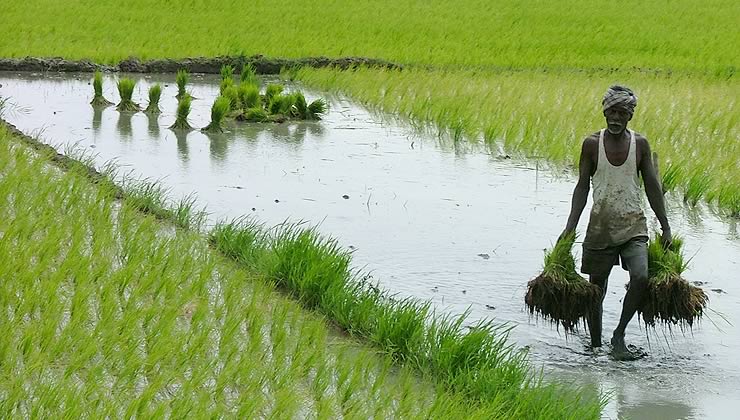Introduction: Subsistence farming is a fundamental agricultural practice that focuses on producing enough food and resources to meet the basic needs of a household or community. In this article, we will provide a comprehensive overview of subsistence farming, exploring its definition, characteristics, methods, and importance for sustainable living.
What is Subsistence Farming? Subsistence farming, also known as self-sufficiency farming, refers to the cultivation of crops and the rearing of livestock primarily to fulfill the dietary and essential needs of a family or small community. Unlike commercial farming, where the main objective is profit generation, subsistence farming prioritizes food security and survival.
Characteristics of Subsistence Farming: Subsistence farming is characterized by several key features that distinguish it from other agricultural practices. These include:
- Small Scale: Subsistence farming is typically practiced on a small scale, often limited to a few acres of land or less. The focus is on meeting immediate needs rather than large-scale production.
- Crop Diversity: Subsistence farmers cultivate a variety of crops to ensure a diverse and balanced diet. This diversity helps mitigate risks associated with crop failure and provides a range of essential nutrients.
- Traditional Techniques: Subsistence farming often relies on traditional farming methods and techniques passed down through generations. This includes manual labor, simple tools, and limited mechanization.
Methods of Subsistence Farming: Subsistence farmers employ various methods to sustain their agricultural activities. Some common techniques include:
- Shifting Cultivation: Also known as slash-and-burn agriculture, this method involves clearing land by cutting and burning vegetation. Crops are then planted in the fertile ash-enriched soil. After a few years, the plot is left fallow to regenerate while another area is cleared.
- Intercropping: Subsistence farmers practice intercropping, planting different crops together in the same field. This maximizes land utilization, enhances soil fertility, and provides a variety of harvests throughout the year.
- Livestock Rearing: Animal husbandry is an integral part of subsistence farming. Livestock, such as cows, goats, or chickens, provide milk, eggs, meat, and other valuable resources for the family’s sustenance.
Importance of Subsistence Farming: Subsistence farming plays a crucial role in ensuring food security and the sustainability of rural communities. Here are a few reasons why subsistence farming is significant:
- Food Self-Sufficiency: Subsistence farming allows families and communities to produce their own food, reducing dependence on external sources and ensuring access to nutritious meals.
- Preservation of Local Culture: Subsistence farming practices are deeply rooted in local traditions, customs, and knowledge. By preserving and practicing these methods, communities maintain their cultural heritage.
- Environmental Sustainability: Subsistence farming promotes sustainable agriculture by utilizing local resources efficiently, minimizing chemical inputs, and preserving biodiversity.
Challenges and Future of Subsistence Farming
While subsistence farming has its merits, it also faces challenges. Limited access to modern technology, inadequate infrastructure, and climate change impacts are some of the hurdles that subsistence farmers encounter. However, there are opportunities for improvement, such as promoting sustainable farming techniques, providing education and resources, and supporting local markets.
Conclusion
Subsistence farming serves as a cornerstone of self-sustainability, allowing communities to meet their basic needs and maintain their way of life. By understanding its definition, characteristics, methods, and importance, we gain a deeper appreciation for the vital role subsistence farming plays in sustainable living. Let us continue to support and promote this resilient and essential agricultural practice.


